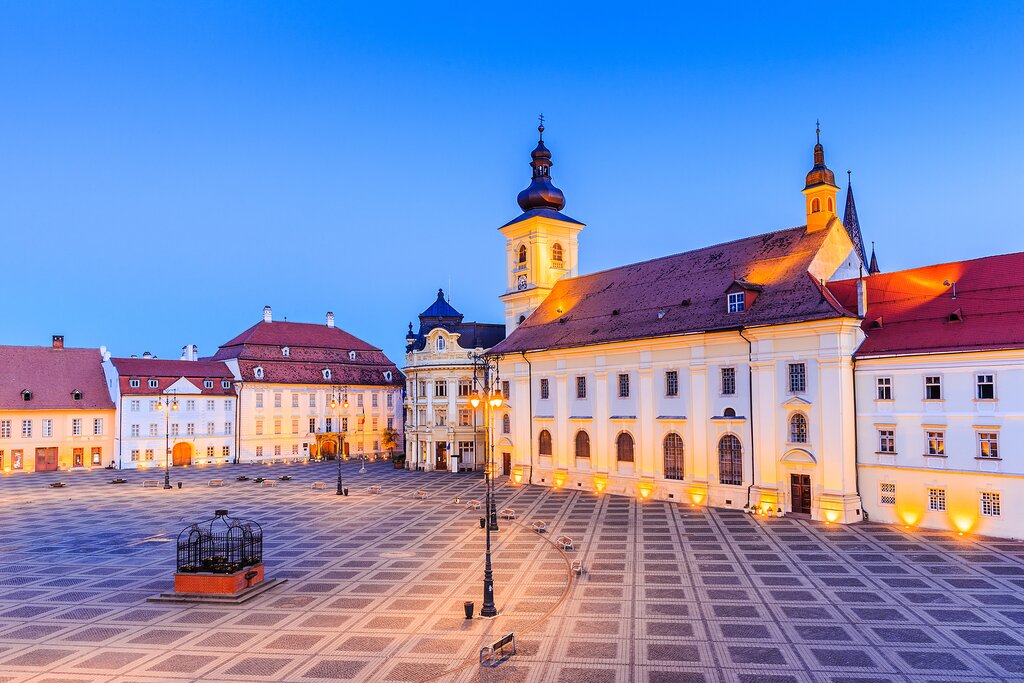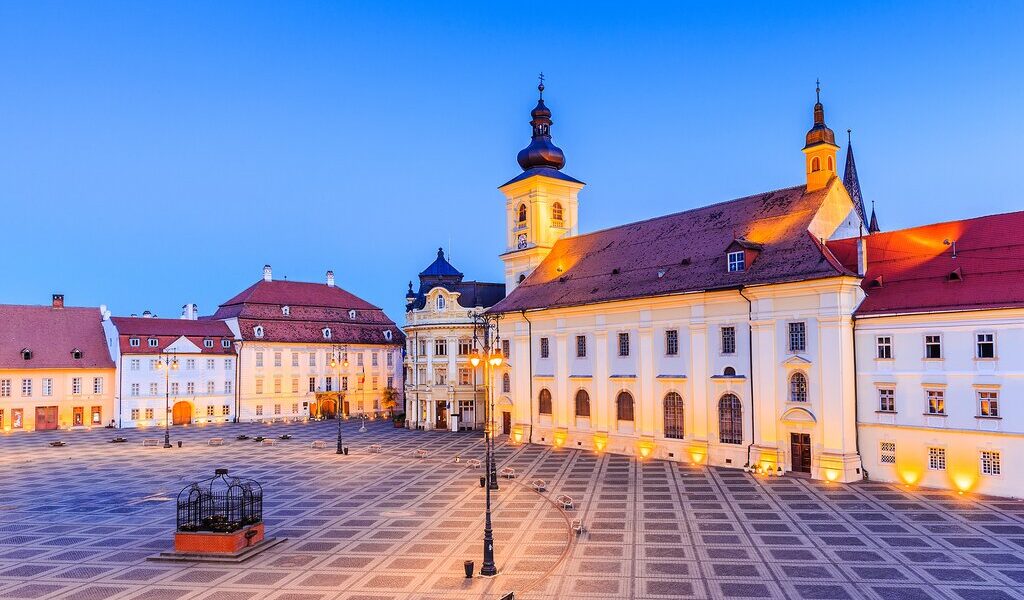
February is mid-winter in Romania and temperatures are cold. But if you don’t mind taking it slowly and enjoying indoor attractions, or alternatively skiing at some of Europe’s most underrated resorts, then February’s not a bad time to visit. Read on to learn more about traveling to Romania in February.
February in Romania presents a unique travel experience, characterized by its mid-winter climate and fewer crowds. The country exhibits diverse weather patterns, shaped by its geographical features. Let’s delve deeper into what you can expect when visiting Romania during this time.
**Weather Considerations**
Romania’s climate in February is broadly categorized into three distinct zones. The region to the west of the majestic **Carpathian Mountains** generally experiences milder winters compared to other areas. In contrast, the eastern region of Romania is known for its particularly cold winters, often accompanied by significant snowfall. Finally, the coastal **Black Sea** region enjoys a more temperate, Mediterranean climate, resulting in milder winters.
Across the country, the average temperature in February typically fluctuates between 26° and 39°F (-3° and 4°C). Rainfall is generally low during this month, and temperatures tend to be slightly warmer than in January. However, it’s important to be prepared for significantly colder temperatures, which are not uncommon. The presence of icy winds originating from Russia can further amplify the chill factor, so packing warm layers is essential.
**Crowd Levels and Travel Costs**
February falls within the low season for tourism in Romania, as is the case for the entire winter period. The majority of international travelers tend to visit Romania during the warmer summer months. Consequently, you can anticipate lower prices for accommodation, transportation, and activities in February. Furthermore, you’ll likely avoid large crowds at most attractions, offering a more intimate and relaxed travel experience. The exception might be the popular ski resorts, which can attract local and regional visitors. However, even these resorts are typically less crowded and smaller than their counterparts in western and central Europe, offering a more accessible skiing experience.
**Destination Recommendations**
For those seeking a captivating city break, the capital city of **Bucharest** is an excellent choice. Situated in the southern part of Romania, Bucharest benefits from a winter climate that is less harsh compared to other regions. Explore the city’s rich cultural heritage by visiting its numerous museums and iconic landmarks, including the impressive Ceaușescu-era **Parliamentary Palace**, a testament to the country’s history. Indulge in the diverse culinary scene by dining at Bucharest’s exceptional Romanian and international restaurants. From Bucharest, consider embarking on day trips to nearby destinations such as **Brasov** and the world-renowned Dracula’s Castle, more accurately known as **Bran Castle**, for a taste of Transylvanian charm.
**Things to Do**
Romania offers a fantastic opportunity for skiing enthusiasts in the majestic **Carpathian Mountains**, which gracefully traverse the central and northern regions of the country. **Poiana Brasov**, conveniently located near Brasov, stands out as one of Romania’s most popular and luxurious ski resorts. It has also garnered recognition as one of the most affordable ski resorts in Europe, making it an attractive option for budget-conscious travelers. Poiana Brasov boasts an extensive 14-mile (23-km) ski and snowboarding slope, catering to various skill levels. Other notable ski resorts in Romania include **Straja, Sinaia**, and **Predeal**, each offering its unique slopes and attractions.
**February Events**
While the main event, **Martisor**, takes place on March 1st, the festive atmosphere begins in February. Leading up to the day, fairs are established throughout Romania. During Martisor, women receive small red and white cords as gifts, symbolizing good luck and the arrival of spring. These cords are traditionally worn pinned to clothing throughout the entire month of March. The tradition is believed to have origins dating back over 8,000 years, signifying the celebration of spring’s emergence after the winter months.
B-2208

